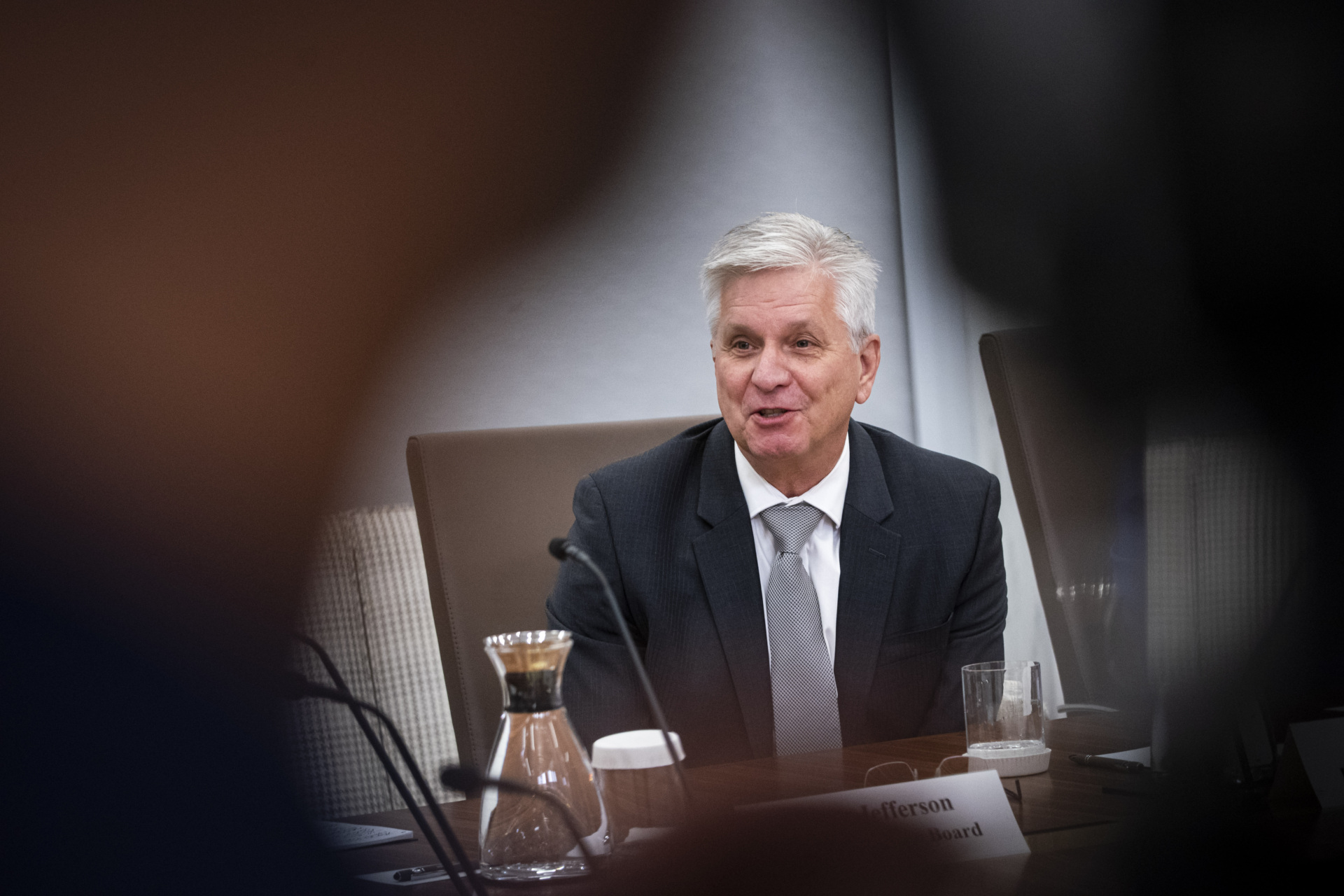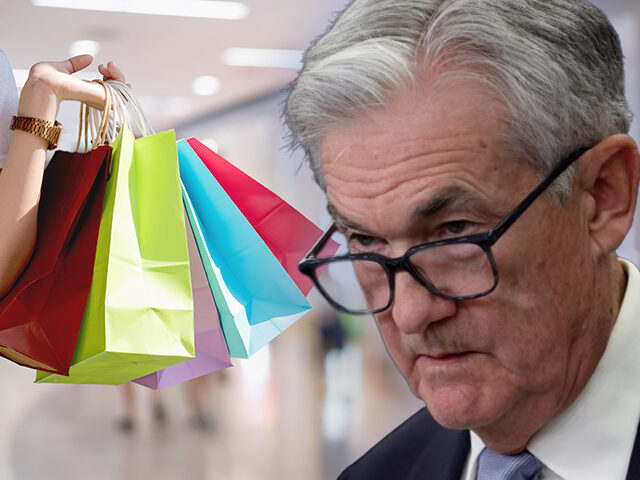Mall Rats Keep Shopping, Recession Odds Dropping
Someone forgot to tell the mall rats that the economy is supposed to be in a recession any day now.
Shares of mall-based clothing retailer Abercrombie & Fitch jumped by more than 25 percent on Wednesday after the company reported results that suggested reports of the death of the middle American consumer has been greatly exaggerated.
Sales were up to $836 million from $812.8 million a year earlier. Same-store sales, which our retail friends tell us are the most crucial metric, rose three percent compared with the prior quarter. Wall Street had been expecting a one percent decline.
Of course, quarterly results are yesterday’s news. What really got Wall Street excited was the forward guidance. The company said it now expects net sales to grow between two percent and four percent, a big increase form the one percent to three percent forecast earlier. Operating margins are also looking better, in a range of five percent to six percent, compared with the previous guidance for four percent to five percent.
What this suggests is that the squeeze from inflation on U.S. consumers still is not weighing down spending. If anything, the relief from inflation in categories like food and gas could be pumping spending power into discretionary spending on goods like clothes and on services.
Kohl’s is Doing Better Than Expected Too
Kohl’s is the first major department store to report earnings in most years, which means it is often looked to as an early indicator of the health of the U.S. consumer. The company reported quarterly results that beat expectations and sent shares soaring by eight percent or so on Wednesday.
The news from Kohl’s is not quite as bullish as we got from Abercrombie. Total sales declined in the quarter and comparable store sales fell 4.3 percent. It also says that it still expects full-year sales to decline between two percent and four percent.
Profits, however, exceeded expectations, which is why the stock jumped. In fact, just making a profit at all exceeded expectations because Wall Street was expecting a net loss for the quarter. The fact that the company was able to get to profitability in the quarter despite declining sales suggests that the expected “earnings recession” for the retail sector may not be anywhere near as bad as anticipated.
Kohl’s said that it cut inventory by six percent in the quarter, which exceeds its full-year estimate for a five percent reduction. This suggests that the inventory drawdown is over. To the extent this is replicated across other retailers, inventories may become a positive for gross domestic product later this year.
Waller Says Skip or Hike, No Longer-Term Pause
Federal Reserve Governor Christopher Waller gave a speech in which he indicated that whatever the Fed does at its next meeting, it is likely to have to raise rates later this year.
The title of Waller’s talk makes its subject abundantly clear: “Hike, Skip, or Pause?” Waller argued that a case could be made for all three positions but that he was likely to support only a hike or a decision to skip hiking for a month while waiting to see how stress in the banking sector impacted the economy. Pausing, which Waller interprets as signaling that Fed hikes are over for the foreseeable future, would be unwise, according to Waller.

Federal Reserve Governor Christopher Waller speaks during a Fed Listens event in Washington, DC, on September 23, 2022. (Al Drago/Bloomberg via Getty Images)
“I do not expect the data coming in over the next couple of months will make it clear that we have reached the terminal rate. And I do not support stopping rate hikes unless we get clear evidence that inflation is moving down towards our 2 percent objective. But whether we should hike or skip at the June meeting will depend on how the data come in over the next three weeks,” Waller said.
In particular, Waller pointed to incoming data on jobs, consumer prices, and bank lending that will determine whether the next move is a skip or a hike.
Waller pointed out that inflation remains much too high (emphasis ours):
“Let’s talk about where we are on inflation. The latest consumer price index (CPI) report showed that headline inflation fell from 5 percent year over year in March to 4.9 percent in April. But that decline was only due to rounding—the actual decrease was just five one-hundreds of a percentage point, from 4.98 percent to 4.93 percent. Almost no progress.
The news on core inflation was similar. Core CPI inflation excludes food and energy and is usually a better guide to the underlying trend for prices. Core was up 5.5 percent in April from a year before and has been more or less steady in 2023. It is only a bit down from around 6 percent a year ago. Whether measured on a three month, six-month or 12-month basis, it is running too high. Likewise, narrower definitions of inflation intended to filter out fluctuations in some prices show little progress in the past year. Six of seven of these alternative measures created by different parts of the Federal Reserve System show inflation running between 4 and more than 5 percent over the past year or so.
Bottom line, I am concerned about the lack of progress in any and all of these measures, and I have a couple specific concerns about some important components of inflation. First, core goods prices, which were among the biggest factors that drove the escalation in inflation the past two years, aren’t slowing or retreating as much as we need to get inflation down closer to our 2 percent target. We’re hoping there will be a continued slowdown in goods price increases, but we aren’t seeing deflation in this category like we had pre-pandemic.”
Given that bank lending does not appear to be overtightening, we think the thrust of the speech suggests Waller is leaning toward hiking at the next meeting.

COMMENTS
Please let us know if you're having issues with commenting.